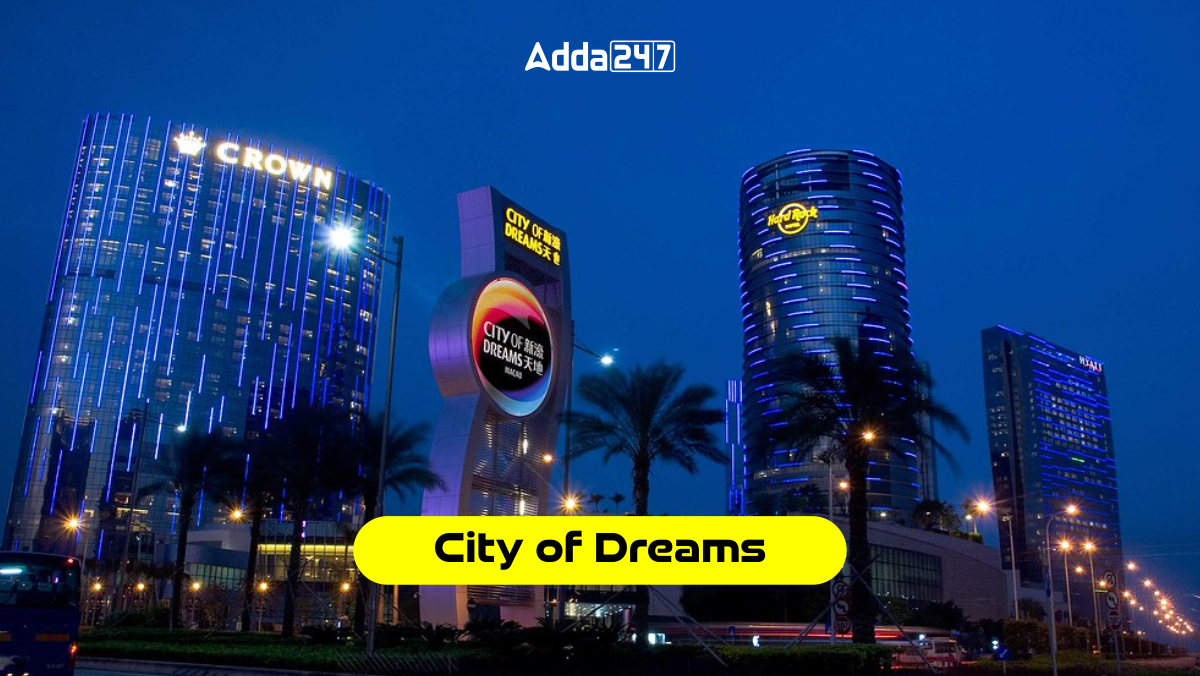Nestled along the Arabian Sea on the western coast of India, Mumbai stands as a vibrant metropolis pulsating with energy, diversity, and boundless opportunities. Fondly known as the “City of Dreams,” Mumbai holds a special place in the hearts of millions, serving as the epicenter of India’s entertainment industry and a beacon of dreams and aspirations for countless individuals.
Which Indian City is known as “City of Dreams”?
Mumbai, often referred to as the Mayanagri or the ‘City of Dreams’, holds a special place in the hearts of millions, not just in India but also beyond its borders. This bustling metropolis on the western coast of India is renowned for its vibrant culture, economic prowess, and unparalleled opportunities. Let’s delve into the top reasons why Mumbai truly lives up to its epithet.
Why is Mumbai known as “City of Dreams”?
Here are some of the reasons why Mumbai earned the moniker of “City of Dreams”:
- Economic powerhouse with headquarters of major financial institutions and Indian conglomerates.
- Bollywood capital, home to the largest film industry in India and a magnet for aspiring artists.
- Architectural marvels like the Bandra-Worli Sea Link and Chhatrapati Shivaji Terminus.
- Blending past and future, symbolizing a hub of civilization and innovation.
- Pioneer of ‘firsts’ in India, from the first five-star hotel to the inaugural movie screening.
- Arts and entertainment hub, housing leading ad agencies, media companies, and cultural institutions.
Significance of “City of Dreams”
The significance of Mumbai, known as the “City of Dreams,” lies in its role as an economic powerhouse, cultural melting pot, and gateway to Bollywood. It serves as the financial capital of India, fostering entrepreneurship and driving the country’s economy. Mumbai celebrates diversity and offers opportunities for aspiring artists, filmmakers, and professionals from all backgrounds. Its iconic landmarks and vibrant atmosphere symbolize the aspirations and dreams of millions seeking a better life.




 Which City of Czech Republic is Known as...
Which City of Czech Republic is Known as...
 Which is the Largest Railway Station of ...
Which is the Largest Railway Station of ...
 Which Hill Station is Known as the Fruit...
Which Hill Station is Known as the Fruit...







